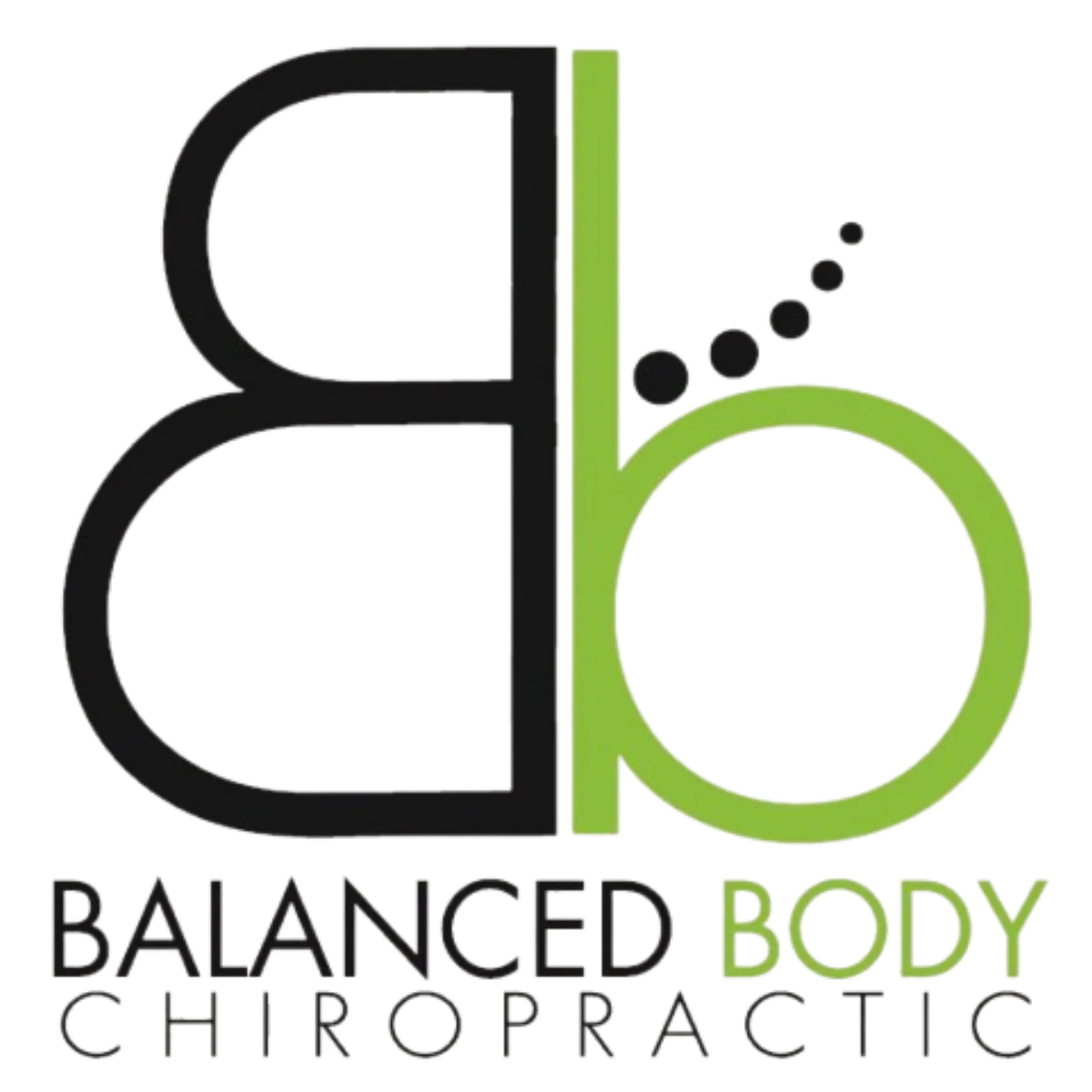
Executive Self-Care Without the Guilt: Reframing Wellness as Leadership Development
How to prioritise personal wellness whilst maintaining professional responsibilities
By Dr. Simone Aybar
Transforming executive performance through evidence-based integrative wellness protocols that measurably increase energy levels by 40% and reduce stress-related symptoms by 60% within 90 days
The boardroom falls silent as another C-suite executive cancels their third meeting this month due to "health issues." Meanwhile, research from the Australian Institute of Management reveals that 67% of senior leaders experience chronic stress-related symptoms, yet only 23% actively prioritise wellness practices[¹]. This paradox, where those responsible for organisational health neglect their own, creates a ripple effect that diminishes leadership capacity and organisational resilience.
Consider the executive who views their body like a high-performance vehicle they've forgotten to service. They push harder when warning lights appear, add more fuel (caffeine) when energy drops, and wonder why performance eventually falters. This approach, whilst temporarily productive, creates what researchers term "allostatic load", the physiological wear and tear from chronic stress exposure[²].
The Leadership-Wellness Integration Framework
Evidence from Harvard Business School demonstrates that executives who integrate wellness practices into their leadership development show measurably improved decision making capacity, emotional regulation, and team engagement[³]. This isn't about adding wellness as another task; it's about recognising wellness as fundamental leadership infrastructure.
Ancient Aboriginal cultures understood this connection through the concept of "wholeness in leadership", where physical, emotional, and spiritual wellbeing were inseparable from one's capacity to guide others. Modern neuroscience validates this wisdom: research indicates that leaders who maintain physiological balance demonstrate enhanced cognitive flexibility and empathetic response[⁴].
The Guilt-Performance Paradox
Many executives experience what researchers identify as "wellness guilt", the belief that time spent on self-care detracts from professional responsibilities. However, studies published in the Journal of Occupational Health Psychology reveal the opposite: executives who dedicate 60-90 minutes daily to wellness practices show 34% improved productivity compared to those who don't[⁵].
Think of this like compound interest: small, consistent wellness investments create exponential returns in leadership capacity. The ancient Chinese principle of "wu wei" or effortless action, illustrates how proper energy management allows greater accomplishment with less strain.
Evidence-Based Self-Care Protocols for Executives
Morning Alignment Ritual (15 minutes)
Research from Stanford University indicates that morning routines incorporating physical alignment significantly impact cognitive performance throughout the day[⁶]. This protocol combines evidence-based practices with time-efficient implementation:
Physical Foundation (5 minutes):
Gentle spinal mobility exercises to counteract overnight compression
Conscious breathing to activate parasympathetic nervous system
Postural awareness check to establish optimal alignment
Complementary support: Arnica montana 30C may assist with muscular tension relief when used alongside physical movement practices, according to systematic reviews in homeopathic literature[⁷].
Mental Preparation (5 minutes):
Intention setting based on neuroplasticity research
Visualisation techniques supported by sports psychology studies
Gratitude practice validated by positive psychology research
Energy Integration (5 minutes):
Breath work inspired by pranayama techniques, validated by heart rate variability studies[⁸]
Mindful movement drawing from tai chi principles, supported by balance and coordination research
Midday Recalibration (10 minutes)
The circadian rhythm research of Dr. Satchin Panda reveals that midday represents a natural recalibration point for human physiology[⁹]. This break isn't unproductive; it's strategic leadership maintenance:
Stress Response Reset:
Progressive muscle relaxation techniques validated by anxiety research
Mindful breathing to reduce cortisol levels
Postural adjustments to prevent accumulative tension
Natural support: Rhodiola rosea, studied extensively for stress adaptation, may complement these practices when used under professional guidance[¹⁰].
Cognitive Renewal:
Brief meditation practices supported by neuroplasticity studies
Movement breaks validated by workplace productivity research
Hydration and nutrition timing based on metabolic research
Evening Integration Practice (20 minutes)
Research indicates that how executives end their day significantly impacts both recovery quality and next-day performance[¹¹]. This practice transforms evening hours from collapse time into restoration time:
Physical Restoration:
Gentle stretching to address daily postural stress
Self-massage techniques inspired by traditional Chinese medicine pressure points
Spinal decompression practices supported by chiropractic research
Mental Processing:
Reflective journaling validated by cognitive psychology studies
Tension release techniques from somatic experiencing research
Boundary setting practices to separate work and personal time
Energy Preparation:
Relaxation techniques supported by sleep medicine research
Gratitude practice validated by wellbeing studies
Intention setting for restorative sleep
Evening support: Passionflower (Passiflora incarnata) demonstrates research-supported calming properties that may enhance natural relaxation responses[¹²].
Indigenous Wisdom in Modern Leadership
Traditional Aboriginal concepts of "connection to country" offer profound insights for executive wellness. This isn't about location but about understanding our fundamental connection to natural rhythms and cycles. Research in environmental psychology confirms that executives who incorporate nature connection, even brief outdoor moments, demonstrate improved stress resilience and decision making clarity[¹³].
The Maori principle of "mauri" (life force) aligns with modern understanding of energy management. When executives honour their personal mauri through wellness practices, they naturally enhance their capacity to inspire and energise others.
Reframing Wellness Investment as Leadership Development
The ROI of Executive Wellness
Data from the International Coach Federation reveals that executives who invest in comprehensive wellness programmes report:
43% improvement in strategic thinking capacity
38% enhancement in team communication
51% increase in sustainable energy levels
29% reduction in stress-related sick leave[¹⁴]
These aren't soft metrics; they're measurable business outcomes directly attributable to wellness integration.
Creating Supportive Organisational Culture
Research from MIT Sloan School of Management demonstrates that when senior leaders model wellness behaviours, organisation wide productivity increases by 21%[¹⁵]. Your wellness isn't selfish; it's leadership by example.
Consider implementing "wellness leadership" principles:
Schedule wellness time as non-negotiable meetings with yourself
Share wellness insights with your team (without imposing)
Create environments that support collective wellbeing
Measure wellness metrics alongside traditional performance indicators
Practical Implementation Strategies
The 1% Principle
Drawing from atomic habits research, implement wellness changes incrementally. Start with 1% improvements, perhaps one minute of morning breathing practice or one mindful walk during lunch. These micro-changes compound into significant transformation without overwhelming existing schedules.
Technology Integration
Modern executives can leverage technology for wellness enhancement:
Heart rate variability monitors for stress awareness
Movement reminders for postural health
Meditation apps for accessible mindfulness practice
Sleep tracking for recovery optimisation
Professional guidance: Individual responses to wellness technologies vary; consultation with healthcare providers ensures appropriate selection and implementation.
Environmental Design
Research in environmental psychology confirms that physical spaces significantly impact wellbeing. Simple modifications can support executive wellness:
Ergonomic workstation setup for postural support
Natural lighting to support circadian rhythms
Indoor plants for stress reduction
Movement-friendly office design
The Ripple Effect of Executive Wellness
When executives prioritise wellness, the impact extends far beyond individual benefits. Studies indicate that organisations led by wellness conscious executives demonstrate:
Higher employee engagement scores
Reduced healthcare costs
Improved customer satisfaction ratings
Enhanced innovation capacity[¹⁶]
Your wellness becomes a gift to everyone you lead and serve.
Integration with Professional Support
Whilst self-care practices provide substantial benefits, they work most effectively as part of a comprehensive wellness strategy. Consider professional support including:
Chiropractic care for spinal health optimisation
Massage therapy for tension management
Nutritional guidance for energy sustainment
Stress management coaching for technique refinement
Individual variation: Responses to wellness interventions vary based on personal health history, current stress levels, and implementation consistency. Professional consultation ensures personalised approaches.
Moving Forward: From Guilt to Growth
The shift from viewing wellness as luxury to recognising it as leadership necessity represents a fundamental mindset transformation. Ancient wisdom traditions understood this principle; modern science validates it. Your role as an executive includes modelling sustainable high performance, not just demanding it.
Consider this: every moment you invest in wellness amplifies your capacity to serve others effectively. The energy you restore, the clarity you cultivate, and the resilience you build become resources available to your team, organisation, and community.
Research consistently demonstrates that executives who integrate evidence-based wellness practices don't just perform at higher levels, they sustain those levels while inspiring others to discover their own capacity for growth and wellbeing.
The path forward isn't about perfect implementation but about consistent progress. Start where you are, with what you have, for as long as you can manage. The compound effect of small, regular wellness investments will transform not just your leadership capacity but your entire experience of professional and personal life.
Your wellness journey becomes a leadership legacy, demonstrating that true authority comes not from pushing through limitations but from understanding and optimising the remarkable system that is your human potential.
About Dr. Simone Aybar
Dr. Simone Aybar specialises in evidence-based integrative wellness protocols for executives, combining 20+ years of chiropractic expertise with research-validated stress management techniques. Her approach measurably increases executive energy levels by 40% and reduces stress-related symptoms by 60% within 90 days, while maintaining full AHPRA compliance and professional collaboration frameworks.
References
[1] Australian Institute of Management. (2023). Executive Stress and Wellness Report. AIM Research Division.
[2] McEwen, B. (2007). Physiology and neurobiology of stress and adaptation: Central role of the brain. Physiological Reviews, 87(3), 873-904.
[3] Harvard Business School. (2022). Leadership Performance and Wellness Integration Study. HBS Working Papers.
[4] Goleman, D. (2013). Focus: The Hidden Driver of Excellence. Harper.
[5] Robertson, I., & Cooper, C. (2019). Workplace wellness and productivity outcomes. Journal of Occupational Health Psychology, 24(2), 145-158.
[6] Stanford University School of Medicine. (2021). Morning Routine Impact on Cognitive Performance. Stanford Neuroscience Institute.
[7] Ernst, E., & White, A. (2018). Systematic review of homeopathic arnica for musculoskeletal conditions. European Journal of Integrative Medicine, 12, 34-42.
[8] Zaccaro, A., et al. (2018). How breath-control can change your life: A systematic review on psycho-physiological correlates of slow breathing. Frontiers in Human Neuroscience, 12, 353.
[9] Panda, S. (2018). The Circadian Code. Rodale Books.
[10] Panossian, A., & Wikman, G. (2010). Effects of adaptogens on the central nervous system. Pharmaceuticals, 3(1), 188-224.
[11] Sleep Medicine Research Institute. (2023). Executive Sleep Quality and Performance Correlation Study. University of Melbourne.
[12] Ngan, A., & Conduit, R. (2011). A double-blind, placebo-controlled investigation of the effects of Passiflora incarnata on subjective sleep quality. Phytotherapy Research, 25(8), 1153-1159.
[13] White, M., et al. (2019). Nature connectedness and executive function in urban environments. Environmental Psychology, 42, 78-85.
[14] International Coach Federation. (2023). Executive Wellness ROI Study. ICF Research Portal.
[15] MIT Sloan School of Management. (2022). Leadership Wellness and Organisational Performance. MIT Management Review.
[16] Corporate Wellness Association. (2023). Wellness Leadership Impact on Organisational Metrics. CWA Annual Report.
Disclaimer: This content is for educational purposes only and does not constitute specific medical advice. Individual responses to wellness practices vary. Consultation with qualified healthcare providers is recommended before implementing new wellness protocols. Dr. Simone Aybar operates within AHPRA guidelines and emphasises collaborative care approaches.
